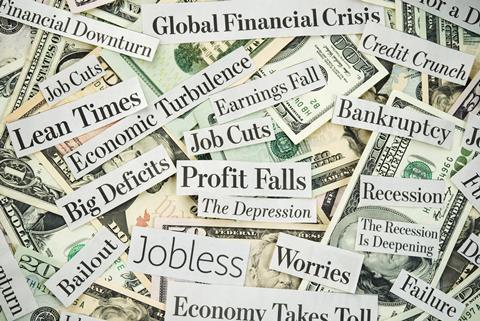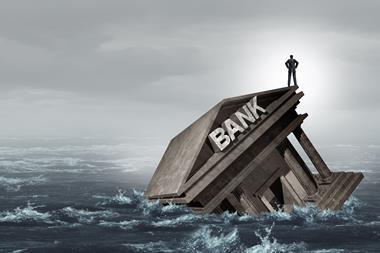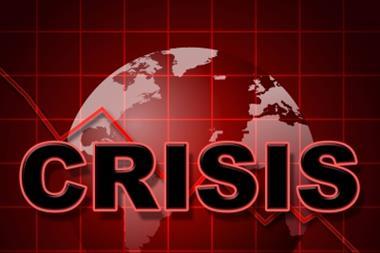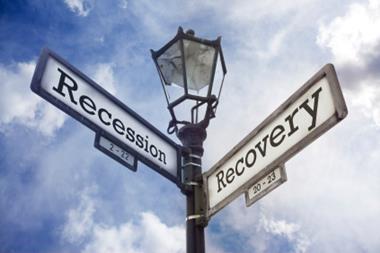Banking system strains and tightened credit supply now pose the greatest threats to the global economy
While the world economy has proven resilient, banking system problems have persisted since early March and have raised concerns over the potential for a severe crisis.
In fact, banking system strains and tightened credit supply now pose the greatest threats to the global economy, according to a new business sentiment study from Oxford Economics.

Respondents to the Global Risk Survey perceived a 1-in-3 chance of a full-blown financial crisis comparable in severity to the 2008 global financial crisis.
What does it mean for risk managers and the businesses they work for?
Against this backdrop, businesses have downgraded their expectations for growth this year and next. They also view the risks to global growth as increasingly weighted to the downside.
The banking sector is now the main focus of concern. Nearly half of the respondents view either a marked tightening in credit supply or a full-blown financial crisis as the top risk in the near term, while more than half cite these risks as very significant in the medium term
The balance of risks appears to have shifted significantly.
“Geopolitical concerns are the most cited global economic risk in the medium term.”
For the first time since October 2022, a majority of businesses (55%) see risks as weighted to the downside. This month also saw an increase in the proportion of respondents perceiving risks to be heavily weighted to the downside.
Meanwhile, businesses expect inflation to continue to rise this year and in the medium term.
Looking further to the future, geopolitical concerns are the most cited global economic risk in the medium term.
More than three-fifths of respondents view geopolitical risks – for example, related to RussiaNATO, China-Taiwan – as a very significant risk to the global economy over the next five years.
However, almost as many businesses cite banking system-related risks. Around a third of respondents now see a marked tightening in credit supply as very significant, while a quarter cite a full-blown financial crisis over the same time period.
In brighter news, businesses see various potential sources of stronger growth in the near term.
“Businesses are less optimistic about growth and now see the chance of financial crisis as high as 1-in-3.”
Successful China Covid reopening, reduced energy market disruption, and early policy rate cuts lie among the top perceived upside risks over the next two years.
These upsides are joined by the potential for a stronger consumer-led recovery – for example, supported by the rundown of excess savings accumulated during the pandemic.
Around 1-in-5 businesses now see buoyant consumer spending as the top upside risk in the near term
Jamie Thompson, Head of Macro Scenarios, at Oxford Analytics said; ”Businesses are less optimistic about growth and now see the chance of financial crisis as high as 1-in-3.
“Such concerns tally with the similarly high incidence of severe crises following episodes of multiple bank failures over the past 150 years.”
What next?
The latest survey highlights a rise in the proportion of businesses taking steps to improve supply-chain resilience.
Overall, three-fifths of respondents reported that they are taking concrete steps to improve the resilience of their supply chains, up 6ppts on a year ago.
The proportion of production affected is significant, 44% on average for these businesses.
The most popular step is geographic diversification of suppliers, a measure taken by almost two-thirds of those businesses improving supply-chain resilience.
But more than a third also report pursuing a policy of “friend-shoring” and rerouting supply chains to allied countries.
Of the 60% of respondents implementing such measures, more than a third report that they are pursuing “friend-shoring” and are rerouting supply chains to allied countries.




















No comments yet